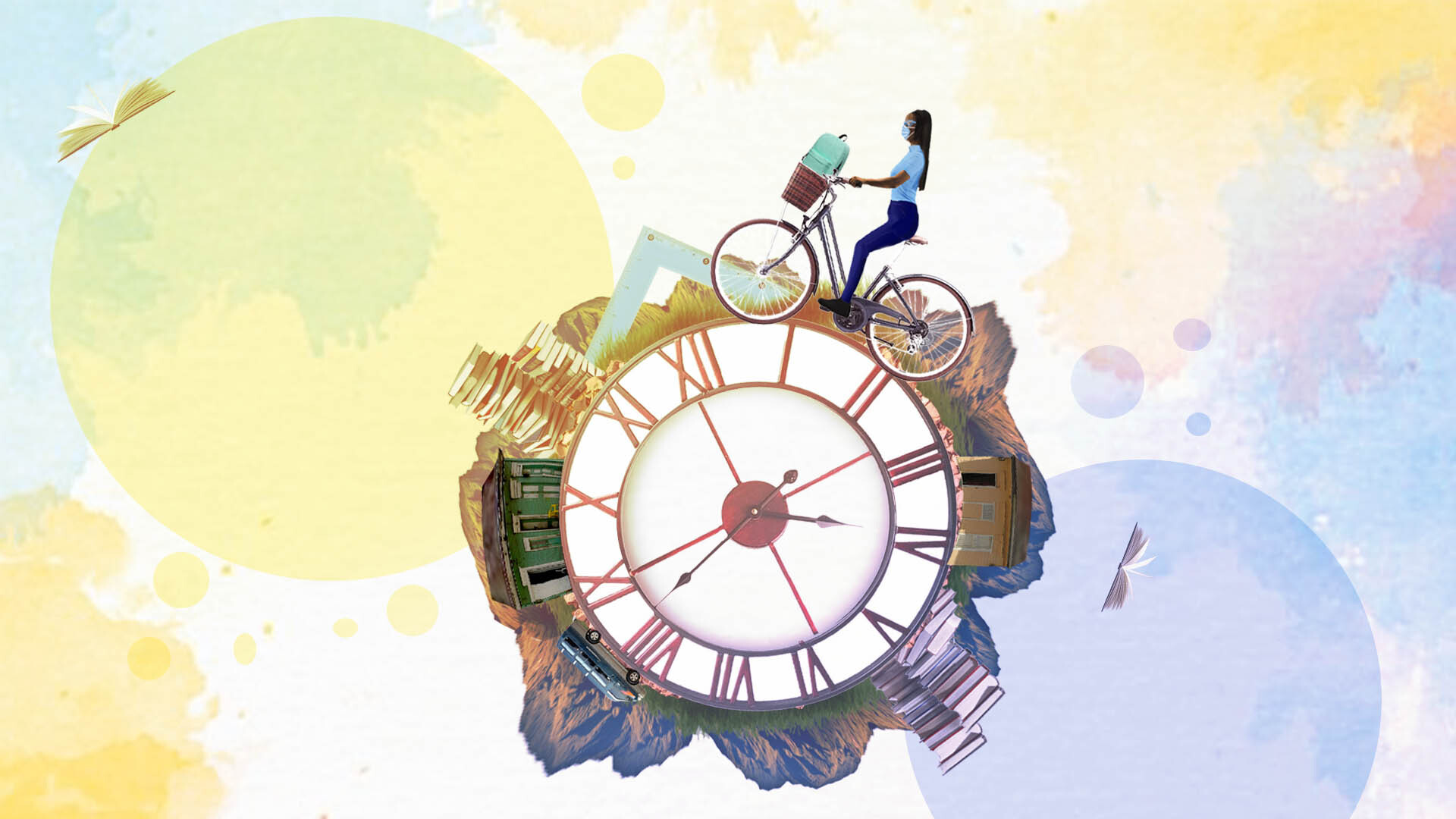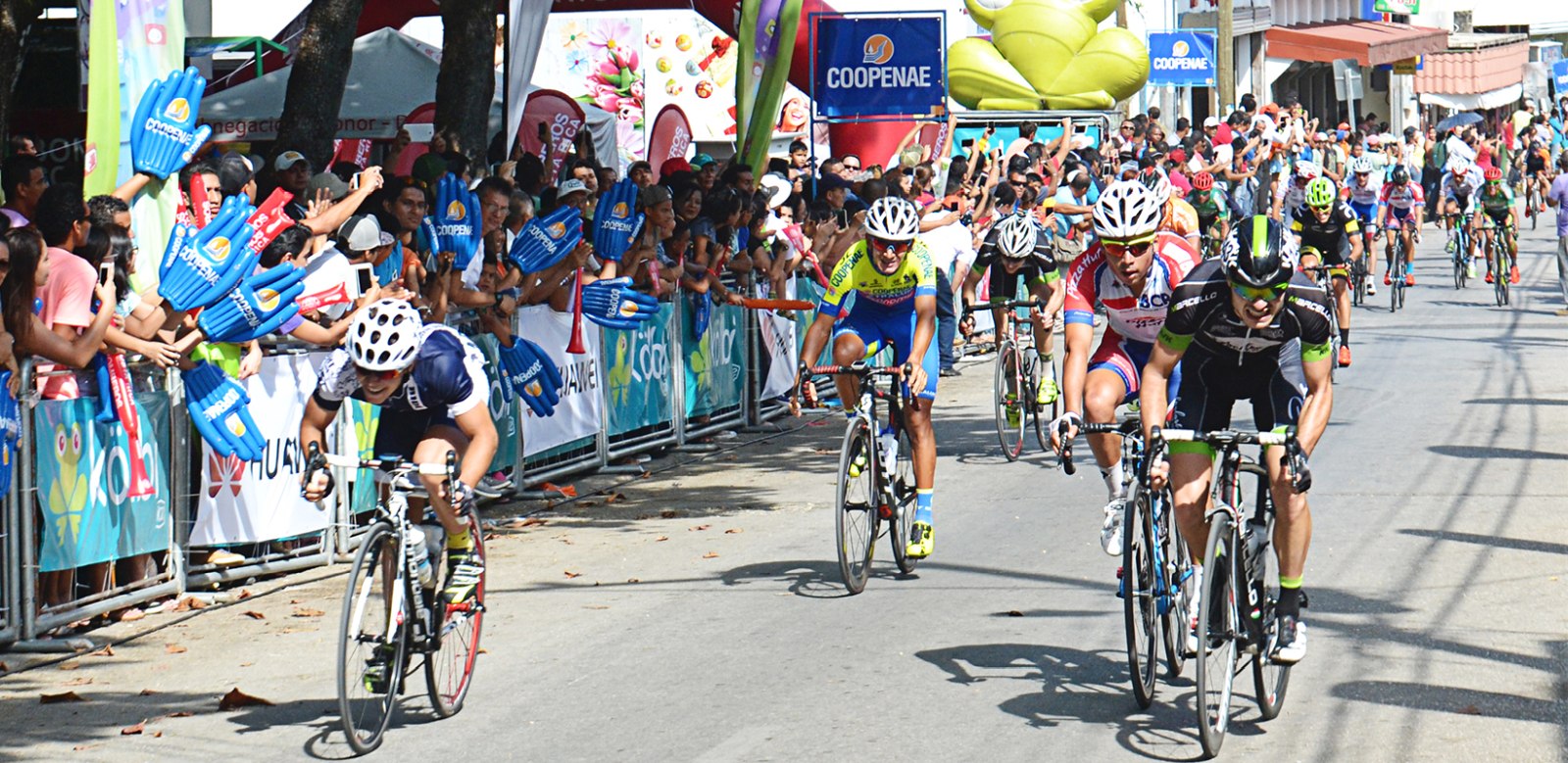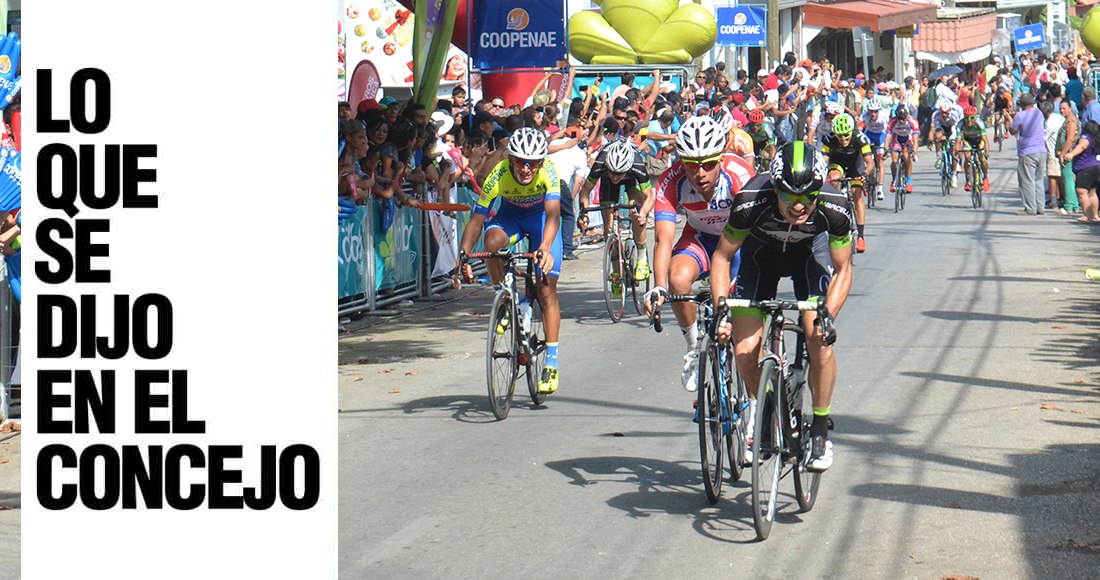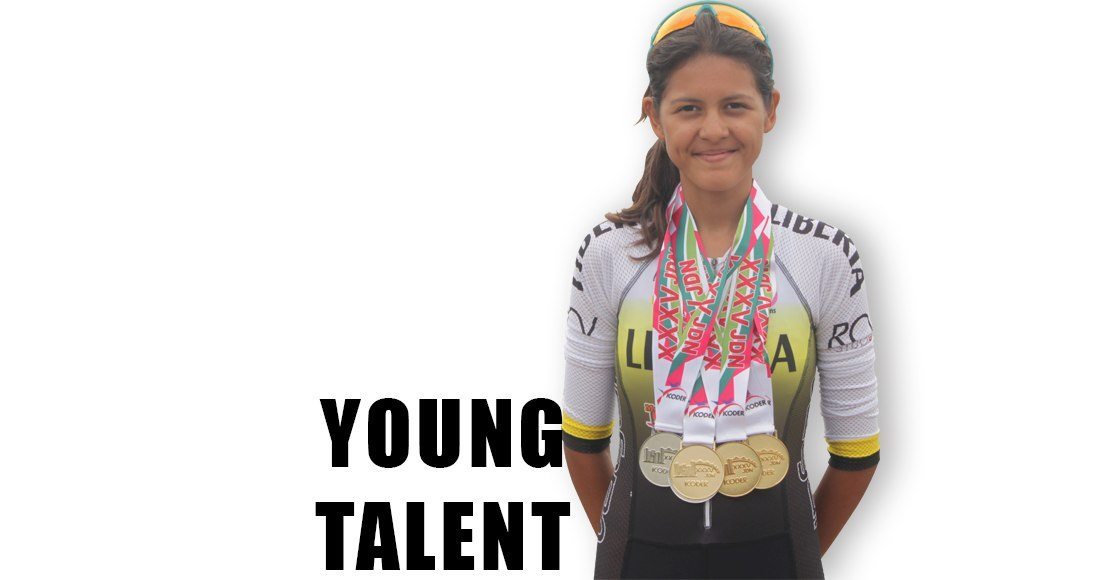
At 3 a.m., Marisel Diaz is already awake. She gets up long before the sun rises to have enough time to get from her house in Platanillo de Concepción of Nicoya to Nicoya’s Professional Technical High School (CTP for the Spanish acronym), where she is in ninth grade.
She has gallo pinto (rice and beans) for breakfast, which she prepares herself at 3:40 a.m., and she leaves her house half an hour later with her school shirt in a bag so she doesn’t get it sweaty. She has a 6-kilometer (about 4-mile) bike ride ahead of her to reach Maquenco, along the main road to Samara, where she has to catch the school bus at 6 a.m.
Making this journey on foot would take her about two hours, if she didn’t have the bicycle.
At the end of September, five high schools located in Carrillo, Liberia, Cañas and Nicoya received 117 bicycles to give to students who have to travel long distances to get to the classrooms. Marisel is one of the beneficiaries.
Dream on a Bike
11 years ago, the Tejedores de Sueños Foundation got started with a project to combat student exclusion. They awarded 10 to 12 scholarships a year to high school students. Now they award scholarships to 150 students across the country.
But for some years now, we felt that the scholarship work wasn’t enough to make an impact in the country,” commented the president of the foundation’s administrative board, Fernando Mayorga.
So in 2019, they decided to start another proposal called Al Cole en Bici (To School on Bike). Their goal is to donate a total of 1,000 bicycles to high schools in rural areas across the country and for them to be lent to low-income students to get around.
The Ministry of Public Education (MEP) supported the foundation in choosing the schools.
We asked them for recommendations of the high schools according to the rates and the number of excluded students shown by the statistics,” explained Mayorga.
Later, a team of teachers from each high school recommended which students should benefit, taking into account the distance from their homes to the schools and their socioeconomic conditions.
Each time the school gives a student a bicycle, the person in charge has to sign a loan agreement so that the family and the student are responsible for its care.
What is the secret to the long-standing relationship between Guanacastecans and their bicycles? Several people tell us without getting off their bikes.
To contribute to the safety and even the maintenance of the bikes, entities such as the National Insurance Institute (INS) and the Road Safety Council (COSEVI) allied with the project and contributed protective equipment such as helmets, bicycle pumps and bike locks.
Part of that kit includes a flashlight, which Marisel uses to light the way when it’s still dark. She goes down the hills slowly because she’s afraid of falling, but it doesn’t bother her to take a few extra minutes to reach Maquenco.
At 5:30 a.m., she arrives at a family friend’s house, where she stores the bike so that they can take care of it until she returns. The school bus picks her up there and drops her off again in the late afternoon.
Pedaling Against Exclusion
For rural students like Marisel, the effects of the pandemic have had serious consequences on the quality of their education.
According to the latest State of Education Report, during 2020, only 13% of lessons were imparted in classrooms, which is the longest suspension of in-person classes in Costa Rica’s recent history.
The remaining 87% were developed remotely. According to MEP, about 535,000 students didn’t have adequate conditions of internet connectivity and access to technological resources during the pandemic.
This reality provided evidence of the shortcomings of education in rural areas, especially outlying communities that experience an even deeper digital divide.
Marisel doesn’t have a computer or internet at home. To do homework, she connects to the internet with her cell phone’s mobile data, the same one she uses to listen to the band BTS all the way to school.
When I didn’t have my bike, I’d go down by car with a cousin, but not all the time. Sometimes I had to walk. I’d leave at about 3:30 to take it easy,” recalled Marisel.
The State of Education Report also indicates that 35% of students in the Chorotega Region between 5 and 18 years old only have an internet connection through their cell phone.
The pandemic and the resulting educational lag caused many challenges that had to be faced. That’s why the director of Nicoya’s CTP, Wilbert Ugarte, appreciates each of the contributions they receive.
As an institution, one praises and appreciates all help. I think it all adds up. There are cases where this bicycle makes a difference, generates motivation and we point that out,” the director commented.
Combating exclusion with bicycles isn’t a new proposition. The World Bicycle Relief organization has been working on this same idea for 15 years in countries in Africa, Asia and recently Latin America.
They created the Bicycles for Educational Empowerment Program (BEEP), which was first launched in Zambia in 2009 in collaboration with the country’s ministry of education. BEEP provides bicycles to students, teachers, and school volunteers to improve access to education.
In its research, World Bicycle Relief has concluded that with a bicycle, a student’s commute time can be reduced by up to 75%, class attendance increases by 28% and that students with a bicycle are 19% less likely to drop out of school than those who don’t have one.
In addition to these benefits, Mayorga, from Tejedores de Sueños, mentioned that it promotes healthy lifestyles such as exercise and that it’s an environmentally friendly solution. But above all, it’s an effort to improve the quality of life of students in the province.
For these young people to complete their secondary education will mean a substantial change in their lives and the lives of their families. People who finish high school have access to better jobs, better wages and better opportunities,” he added.
A Commitment to Stay
After the school day ends, Marisel picks up her bike in Maquenco to continue her journey back home. At 5:30 p.m., she gets off the bike and begins to push it up the steep hills that she rode down in the morning.
She’ll fall asleep at 7 p.m. to get enough rest. Even though she doesn’t have classes tomorrow, she’ll still wake up at 3 a.m. to make breakfast for her siblings before they go to work.
When she grows up, she wants to be an accountant, get a job, have children and tell them how hard she had to work for things.
“Not everything I have has been given to me. I’ve had to earn it little by little,” she said later on the phone, like someone who still has a lot to achieve.
If you want to support Al Cole en Bici, you can do so in the following ways:
SINPE Mobile: 8440-0303







Comments